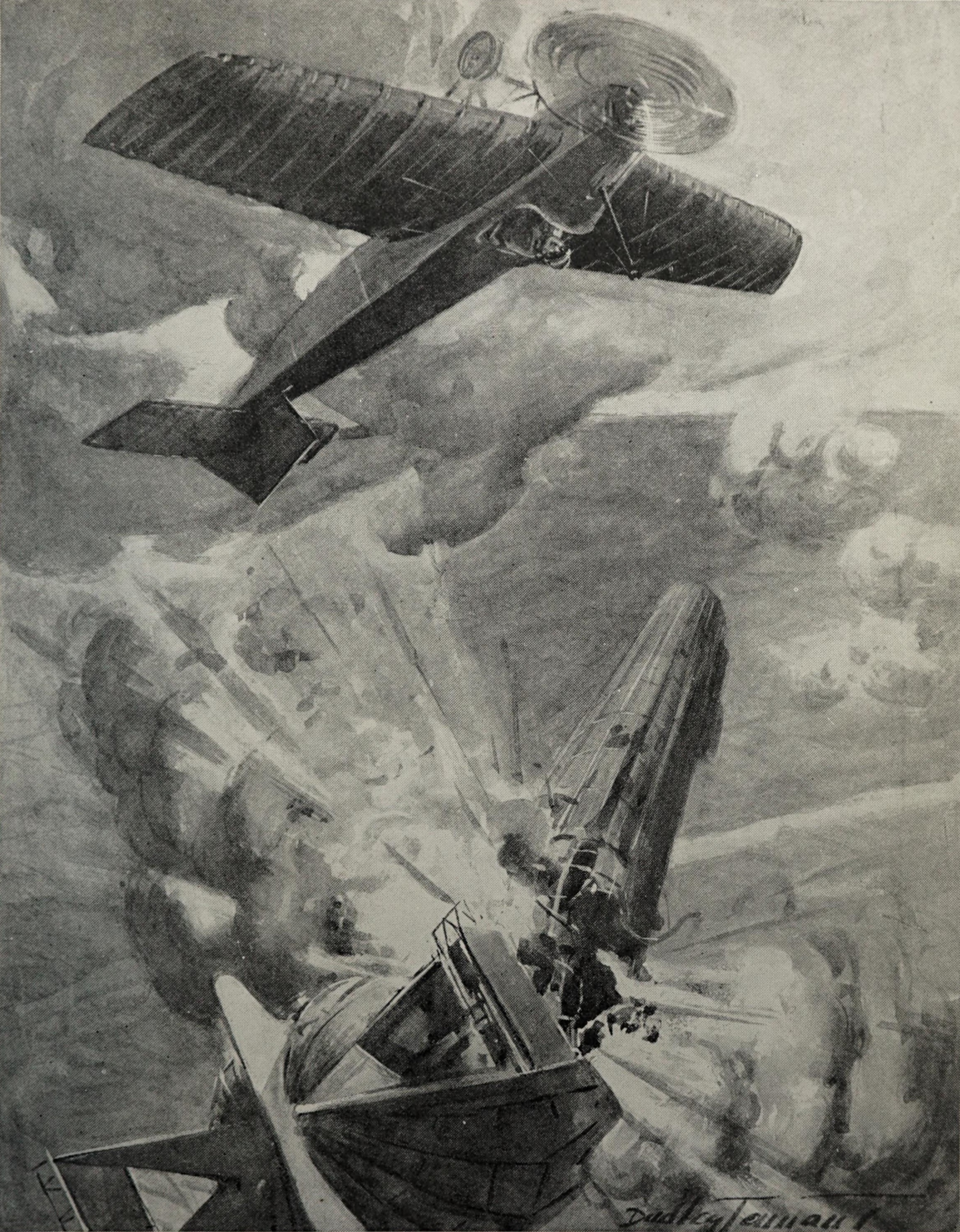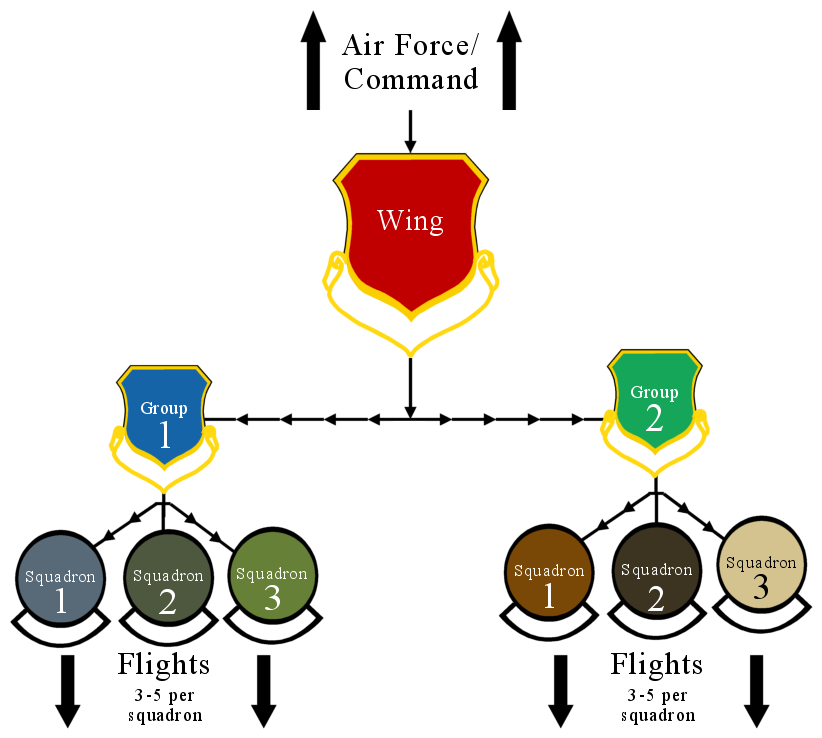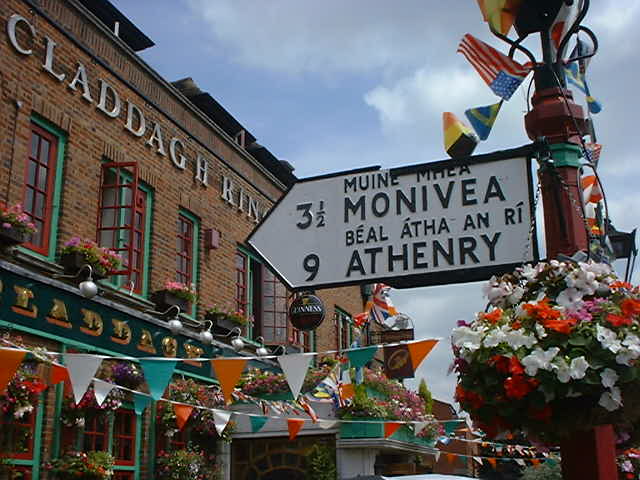|
Reginald Warneford
Reginald Alexander John Warneford, VC (15 October 1891 – 17 June 1915), also known as Rex Warneford, was a British aviator and Royal Naval Air Service officer who received the Victoria Cross for air-bombing a Zeppelin during the First World War. It was the first victory of a heavier-than-air aircraft over a lighter-than-air dirigible. Early life Warneford was born in Darjeeling, India, the son of an engineer on the Indian Railways. He was brought to England as a small boy and educated at King Edward VI School, Stratford-upon-Avon but after his family returned to India he continued his education at the English College, Simla. Following apprenticeship in the Merchant Marine, Warneford joined the British-India Steam Navigation Company. At the outbreak of the First World War, he was in Canada awaiting return to India. Instead, he sailed then to Britain, joining the 24th (Service) Battalion (2nd Sportsman's), Royal Fusiliers (City of London Regiment) but soon transf ... [...More Info...] [...Related Items...] OR: [Wikipedia] [Google] [Baidu] |
Maurice Farman Shorthorn
The Maurice Farman MF.11 ''Shorthorn'' is a French aircraft developed before World War I by the Farman Aviation Works. It was used as a reconnaissance and light bomber during the early part of World War I, later being relegated to training duties. The Maurice Farman Shorthorn was the aircraft in which Biggles, Capt W.E. Johns' fictional character, first took to the air in "Biggles Learns To Fly". Design and development A pusher configuration unequal-span biplane like the earlier Farman MF.7, the MF.11 differed in lacking the forward-mounted elevator, the replacement of the biplane horizontal tail surfaces with a single surface with a pair of rudders mounted above it, and the mounting of the nacelle containing crew and engine in the gap between the two wings. The aircraft was also fitted with a machine gun for the observer, whose position was changed from the rear seat to the front in order to give a clear field of fire. Its nickname in British service was derived from ... [...More Info...] [...Related Items...] OR: [Wikipedia] [Google] [Baidu] |
British-India Steam Navigation Company
British India Steam Navigation Company ("BI") was formed in 1856 as the Calcutta and Burmah Steam Navigation Company. History The ''Calcutta and Burmah Steam Navigation Company'' had been formed out of Mackinnon, Mackenzie & Co, a trading partnership of the Scots William Mackinnon and Robert Mackenzie, to carry mail between Calcutta and Rangoon. It became British India SN Co in 1862. Under the hand of Lord Inchcape, who had become chairman in 1913, the company became part of the P&O group of companies in 1914 through a complex amalgamation, but continued with its own identity and organisation for another nearly 60 years until 1972, when it was entirely absorbed into P&O. Fleet and routes As one of the largest shipowners of all time, the company owned more than 500 ships and managed 150 more for other owners. At its height in 1922, BI had more than 160 ships in the fleet, many built on Clydeside, Scotland. The main shipping routes of the line were: Britain to India, Austra ... [...More Info...] [...Related Items...] OR: [Wikipedia] [Google] [Baidu] |
Veurne
Veurne (; french: Furnes, italic=no, ) is a city and municipality in the Belgian province of West Flanders. The municipality comprises the town of Veurne proper and the settlements of , , , , , Houtem, , , Wulveringem, and . History Origins up to the 15th century Veurne, in Latin ''Furna'', is first found in 877 as a possession of the Saint Bertin Abbey in Saint-Omer. Around 890 AD, it was noted as a successful fortification against the Viking raids. It soon was placed at the head of the castellany of Veurne, a large territory counting 42 parishes and some 8 half-independent parishes, owing allegiance to the Count of Flanders. Veurne became a city in the 12th century. During the following century, trade with England flourished. In 1270, however, the relations with England came to a standstill and the city's economy went into a long decline; hence the nickname of the Veurne Sleepers. On August 20, 1297, the Battle of Veurne was fought in the ongoing struggle between the ... [...More Info...] [...Related Items...] OR: [Wikipedia] [Google] [Baidu] |
Kent
Kent is a county in South East England and one of the home counties. It borders Greater London to the north-west, Surrey to the west and East Sussex to the south-west, and Essex to the north across the estuary of the River Thames; it faces the French department of Pas-de-Calais across the Strait of Dover. The county town is Maidstone. It is the fifth most populous county in England, the most populous non-Metropolitan county and the most populous of the home counties. Kent was one of the first British territories to be settled by Germanic tribes, most notably the Jutes, following the withdrawal of the Romans. Canterbury Cathedral in Kent, the oldest cathedral in England, has been the seat of the Archbishops of Canterbury since the conversion of England to Christianity that began in the 6th century with Saint Augustine. Rochester Cathedral in Medway is England's second-oldest cathedral. Located between London and the Strait of Dover, which separates England from mainla ... [...More Info...] [...Related Items...] OR: [Wikipedia] [Google] [Baidu] |
Isle Of Sheppey
The Isle of Sheppey is an island off the northern coast of Kent, England, neighbouring the Thames Estuary, centred from central London. It has an area of . The island forms part of the local government district of Swale. ''Sheppey'' is derived from Old English ''Sceapig'', meaning "Sheep Island". Today's island was historically known as the "Isles of Sheppey" which were Sheppey itself, the Isle of Harty to the south east and the Isle of Elmley to the south west. Over time the channels between the islands have silted up to make one contiguous island. Sheppey, like much of north Kent, is largely formed from London Clay and is a plentiful source of fossils. The Mount near Minster rises to above sea level and is the highest point on the island. The rest of Sheppey is low-lying and the southern part of the island is marshy land criss-crossed by inlets and drains, largely used for grazing. The economy is driven by a dockyard and port, the presence of three prisons, and various c ... [...More Info...] [...Related Items...] OR: [Wikipedia] [Google] [Baidu] |
Wing (air Force Unit)
In military aviation, a wing is a unit of command. In most military aviation services, a wing is a relatively large formation of planes. In Commonwealth of Nations, Commonwealth countries a wing usually comprises three Squadron (aviation), squadrons, with several wings forming a group (air force unit), group (around 10 squadrons). Each squadron will contain around 20 planes. Commonwealth usage Origins On its establishment in 1912, the United Kingdom, British Royal Flying Corps (RFC) was intended to be an inter-service, combined force of the British Army and Royal Navy. Given the Interservice rivalry, rivalry that existed between the army and navy, new terminology was used, in order to avoid marking the corps out as having an army or navy ethos. While Cavalry wing, the term "wing" had been used in the cavalry, its more general use predominated. Accordingly, the word "wing", with its allusion of flight, was chosen as the term of subdivision and the corps was split into a " ... [...More Info...] [...Related Items...] OR: [Wikipedia] [Google] [Baidu] |
Officer (armed Forces)
An officer is a person who holds a position of authority as a member of an armed force or uniformed service. Broadly speaking, "officer" means a commissioned officer, a non-commissioned officer, or a warrant officer. However, absent contextual qualification, the term typically refers only to a force's ''commissioned officers'', the more senior members who derive their authority from a commission from the head of state. Numbers The proportion of officers varies greatly. Commissioned officers typically make up between an eighth and a fifth of modern armed forces personnel. In 2013, officers were the senior 17% of the British armed forces, and the senior 13.7% of the French armed forces. In 2012, officers made up about 18% of the German armed forces, and about 17.2% of the United States armed forces. Historically, however, armed forces have generally had much lower proportions of officers. During the First World War, fewer than 5% of British soldiers were officers (partly ... [...More Info...] [...Related Items...] OR: [Wikipedia] [Google] [Baidu] |
Warren Merriam
A warren is a network of wild rodent or lagomorph, typically rabbit burrows. Domestic warrens are artificial, enclosed establishment of animal husbandry dedicated to the raising of rabbits for meat and fur. The term evolved from the medieval Anglo-Norman concept of free warren, which had been, essentially, the equivalent of a hunting license for a given woodland. Architecture of the domestic warren The cunicularia of the monasteries may have more closely resembled hutches or pens, than the open enclosures with specialized structures which the domestic warren eventually became. Such an enclosure or ''close'' was called a ''cony-garth'', or sometimes ''conegar'', ''coneygree'' or "bury" (from "burrow"). Moat and pale To keep the rabbits from escaping, domestic warrens were usually provided with a fairly substantive moat, or ditch filled with water. Rabbits generally do not swim and avoid water. A ''pale'', or fence, was provided to exclude predators. Pillow mounds The most cha ... [...More Info...] [...Related Items...] OR: [Wikipedia] [Google] [Baidu] |
Robert Marsland Groves
Air Commodore Robert Marsland Groves, (3 January 1880 – 27 May 1920) was a Royal Navy officer involved with naval aviation during the First World War. He was awarded his Aviator's Certificate no. 969 on 15 November 1914. After transferring to the Royal Air Force in 1918, he served as Deputy Chief of the Air Staff and held high command in the Middle East. He was killed in a flying accident in 1920 aged 40 whilst serving in Egypt. Early life Groves was born on 3 January 1880 at Stretford in Lancashire, England, the son of James Grimble Groves, a brewer and Conservative MP. He was educated at Rossall School. Naval service Groves joined the Royal Navy as a midshipman in the 1890s, rising to sub-lieutenant by the summer of 1899 and then lieutenant on 15 February 1900. In September 1902 Groves was posted to the torpedo school ship HMS ''Vernon'', to qualify as torpedo lieutenant. Groves was promoted to commander on 22 June 1911 and the following year, on 26 November 1912, he was ... [...More Info...] [...Related Items...] OR: [Wikipedia] [Google] [Baidu] |
Upavon Aerodrome
Royal Air Force Upavon or RAF Upavon is a former RAF station in Wiltshire, England. It was a grass airfield, military flight training school, and administrative headquarters of the Royal Air Force. The station opened in 1912 and closed in 1993, when it was transferred to the British Army and became known as Trenchard Lines. The station motto was ''In Principio Et Semper'', and translated from Latin means "In the Beginning and Always". History Origins and construction Construction began on 19 June 1912, on some training gallops, on an elevated site about east of Upavon village, near the edge of the Salisbury Plain, in the English county of Wiltshire. Upavon Airfield was originally created for pilots of the military and naval wings of the newly formed Royal Flying Corps (RFC), and became home to the Army Central Flying School. Captain Godfrey M Paine, RN, became the first commandant, with Major Hugh Trenchard being his assistant. Trenchard later became the chief of air staff, ... [...More Info...] [...Related Items...] OR: [Wikipedia] [Google] [Baidu] |
Hendon
Hendon is an urban area in the Borough of Barnet, North-West London northwest of Charing Cross. Hendon was an ancient manor and parish in the county of Middlesex and a former borough, the Municipal Borough of Hendon; it has been part of Greater London since 1965. Hendon falls almost entirely within the NW4 postcode, while the West Hendon part falls in NW9. Colindale to the north-west was once considered part of Hendon but is today separated by the M1 motorway. The district is most famous for the London Aerodrome which later became the RAF Hendon; from 1972 the site of the RAF station was gradually handed over to the RAF Museum. The railways reached Hendon in 1868 with Hendon station on the Midland Main Line, followed by the London Underground further east under the name Hendon Central in 1923. Brent Street emerged as its commercial centre by the 1890s. A social polarity was developed between the uphill areas of Hendon and the lowlands around the railway station. Hendon is l ... [...More Info...] [...Related Items...] OR: [Wikipedia] [Google] [Baidu] |








